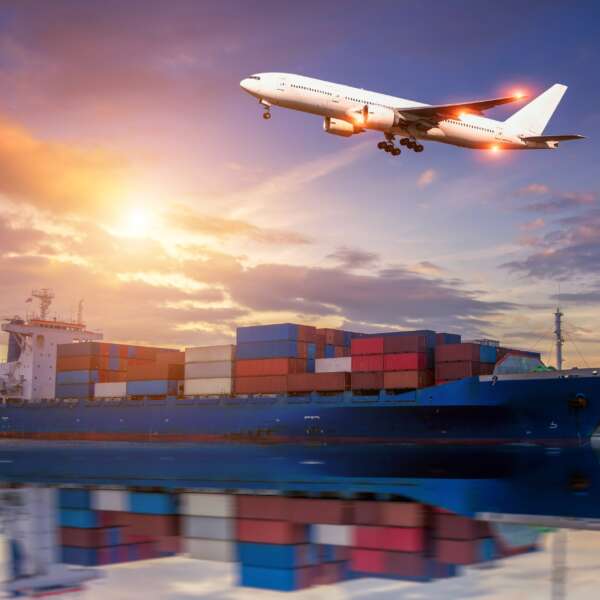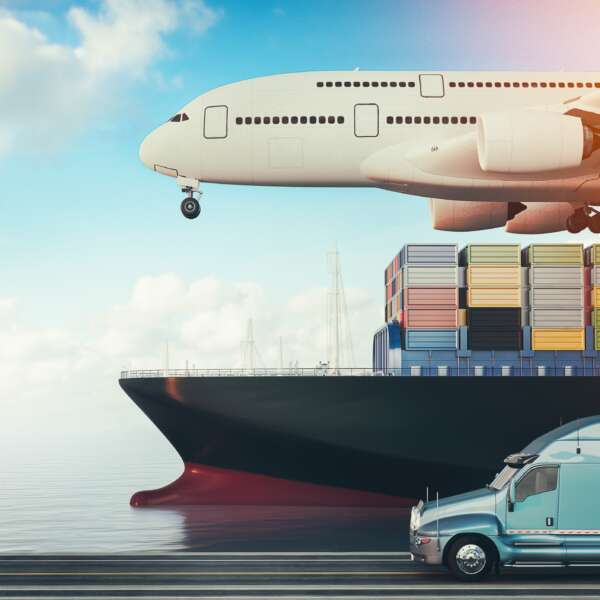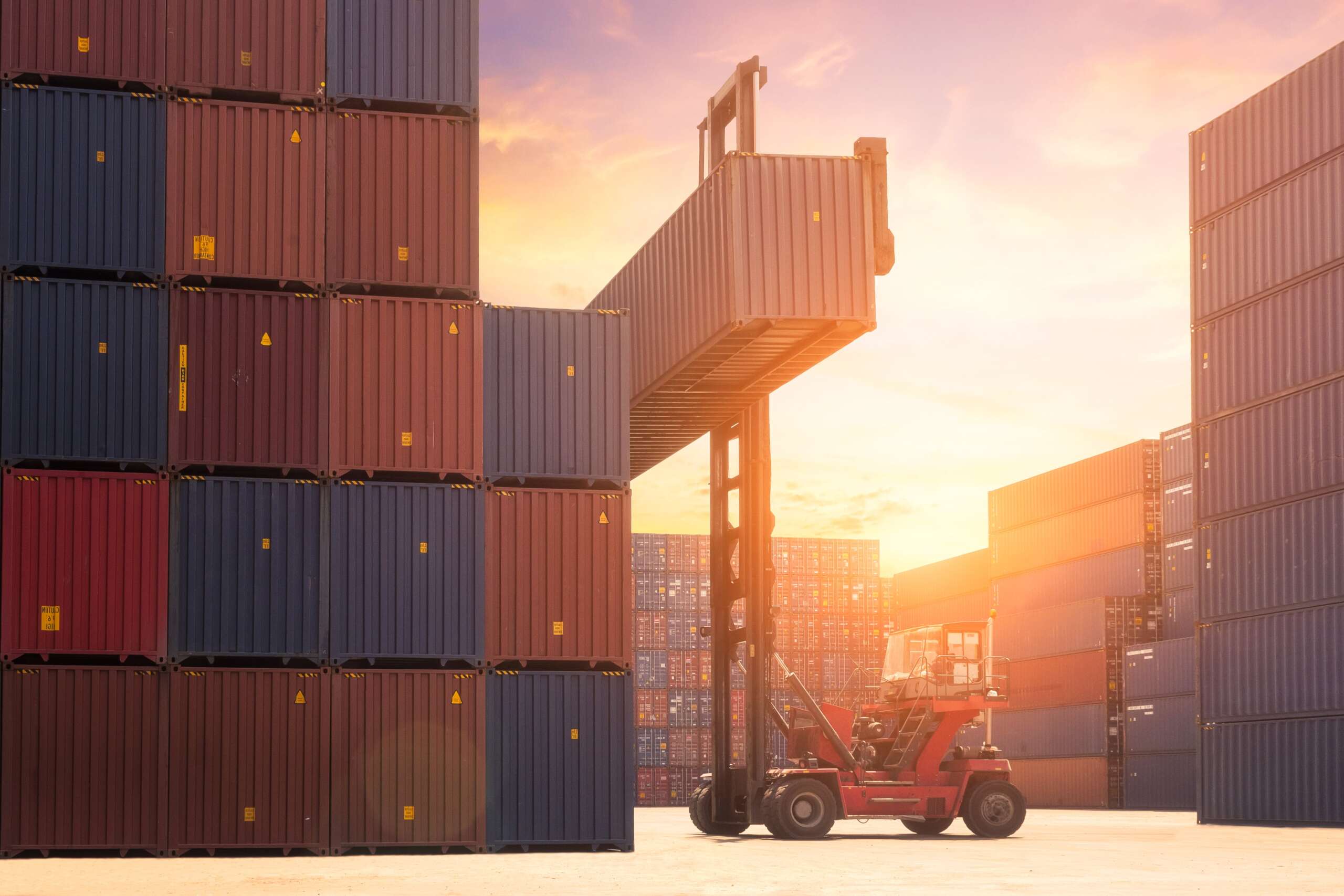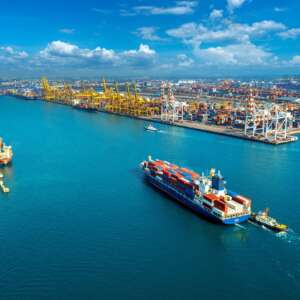As a result of port congestions, global supply chains are extremely congested. The entire shipping cycle appears to have stopped, with ships waiting on the shore for days and sometimes weeks before they can unload their cargo. Congestion at US ports clearly illustrates the impact of delays at ports, as they can negatively impact the entire shipping process.
Right now the US is experiencing the worst port congestion in the world. California’s backlog of container ships keeps breaking its records and is not expected to slow down any time soon.
What Causes Port Congestion?
Overbooked port or terminal
- Processing delays and congestion will result from a lack of capacity.
Shortages in equipment and staff
- When specialized equipment and working staff are unavailable, productivity levels drop dramatically, which leads to congestion.
- When there are not enough tugboats or pilots to guide container ships, the port becomes backed up with container ships.
- Truck drivers can also be in short supply, whether transporting filled containers or returning empty ones.
Delays caused by bad weather and natural disasters
- Ships may not be able to anchor to ports properly when there is bad weather, and disasters such as container fires may also cause delays.

Certain ports are suddenly closed
- The reasons for ports to halt work or close certain terminals range from blank sailing to disinfecting ports.
However, COVID-19 has been the main cause of the current port congestion crisis
- The situation snowballed and triggered multiple reasons for port jams. Due to pandemic restrictions, fewer staff members are working due to a lack of space.
- Ports have been shut down to be disinfected due to staff members receiving confirmation of COVID-19.
Why Has Port Congestion Been the Worst in America?
The short answer is: Americans keep buying stuff.
Over the past eight months, America imported a huge amount of products, causing this catastrophic port congestion. Despite the highest number of container ships jammed in California, other ports are breaking all-time import records and running out of space. The Port of Los Angeles reported a 30% increase in imported cargo in the first nine months of this year.
Although imports have dramatically increased, the inventory-to-sales ratio hasn’t decreased. The market has become much more competitive. In comparison to the same period in 2020, retail sales were up 14.5% over the first nine months of 2021. Consequently, businesses and consumers both bought more goods.

Where do we go from here?
There isn’t much that carriers or shippers can do to relieve the bottlenecks, and it appears that waiting for the congestion in worldwide ports to ease up is the only option.
It will only make things worse if we add more containers and ships to an already saturated industry. Rather than a shortage of capacity, the problem is a misallocation of ships and containers. Port jams already leave containers with nowhere to go, so adding more to the supply chain will only worsen the situation.
Falcon, an experienced freight forwarding company, can help!
See where your containers are located and how they’re holding up with real-time freight visibility and container tracking features. You can mitigate some of the stress associated with freight transportation by using this information. Contact Falcon today for any assistance you need regarding freight forwarding.



